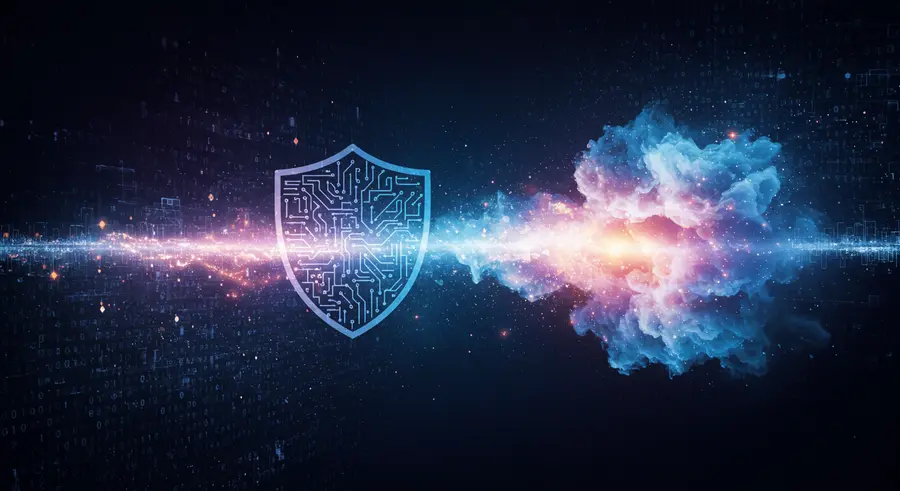Post-Quantum Cryptography: Securing Against Future Threats
The Quantum Leap in Cryptographic Security

As quantum computing technology advances, the cryptographic landscape faces a monumental challenge. Many of the public-key encryption schemes that secure our digital world today, such as RSA and Elliptic Curve Cryptography (ECC), are vulnerable to attacks by sufficiently powerful quantum computers. This looming threat necessitates the development of Post-Quantum Cryptography (PQC) – cryptographic algorithms designed to be secure against both classical and quantum computers.
PQC is not about using quantum mechanics for encryption (that's quantum cryptography); instead, it focuses on building new mathematical foundations for encryption that are resistant to quantum algorithms like Shor's algorithm and Grover's algorithm. The transition to PQC is a massive undertaking, requiring global collaboration and standardization efforts to ensure a secure future for digital communications and data.
Why is PQC Urgent?
The need for PQC is often referred to as the "Y2Q problem" (Years to Quantum). Even if large-scale quantum computers are a decade or more away, data encrypted today needs to remain secure for many years into the future. This "harvest now, decrypt later" threat means that adversaries could be collecting encrypted data today, intending to decrypt it once quantum computers are available. Therefore, migrating to quantum-resistant algorithms is a proactive measure crucial for long-term data security.
Understanding this shift is similar to how investors adapt their strategies based on market sentiment analysis to prepare for future financial trends. Both require foresight and adaptation to new technological realities.
Families of Post-Quantum Cryptography
Researchers are exploring several promising families of algorithms for PQC, each based on different hard mathematical problems believed to be difficult for quantum computers to solve.
| Family | Underlying Hard Problem | Characteristics |
|---|---|---|
| Lattice-Based Cryptography | Shortest Vector Problem (SVP), Closest Vector Problem (CVP) | High efficiency, strong theoretical security, versatile for various cryptographic primitives. |
| Code-Based Cryptography | Decoding random linear codes (e.g., Syndrome Decoding Problem) | Large key sizes but fast decryption, well-studied (e.g., McEliece cryptosystem). |
| Hash-Based Signatures | One-way functions (cryptographic hash functions) | Very high security, but can be stateful (signatures can only be used once). Useful for firmware updates. |
| Multivariate Polynomial Cryptography | Solving systems of multivariate polynomial equations | Small signature sizes, but public key sizes can be large. |
| Isogeny-Based Cryptography | Constructing supersingular elliptic curve isogenies | Relatively small key sizes, but slower operations. |
NIST Standardization Process
The National Institute of Standards and Technology (NIST) has been leading a multi-round process to standardize post-quantum cryptographic algorithms. This process involves rigorous public scrutiny and analysis by cryptographers worldwide to select the most secure and efficient algorithms for various applications. The selected algorithms will form the backbone of the next generation of cryptographic standards.
For businesses and governments, this transition means preparing for crypto-agility – the ability to quickly swap out cryptographic algorithms. This is not just a technical challenge but also a strategic one, akin to how FinTech companies adapt to evolving regulatory landscapes and technological innovations to remain competitive and secure.
Challenges and Future Outlook
Implementing PQC presents several challenges, including larger key sizes, potential performance overhead, and the complexity of migrating existing systems. However, ongoing research and development are continually improving the efficiency and practicality of PQC schemes.
The future of cryptography will undoubtedly be post-quantum. As the world moves towards an increasingly interconnected and data-driven future, securing our digital infrastructure against all threats, including those posed by quantum computers, is paramount. PQC is a critical step in ensuring that our privacy, security, and digital trust endure for decades to come.